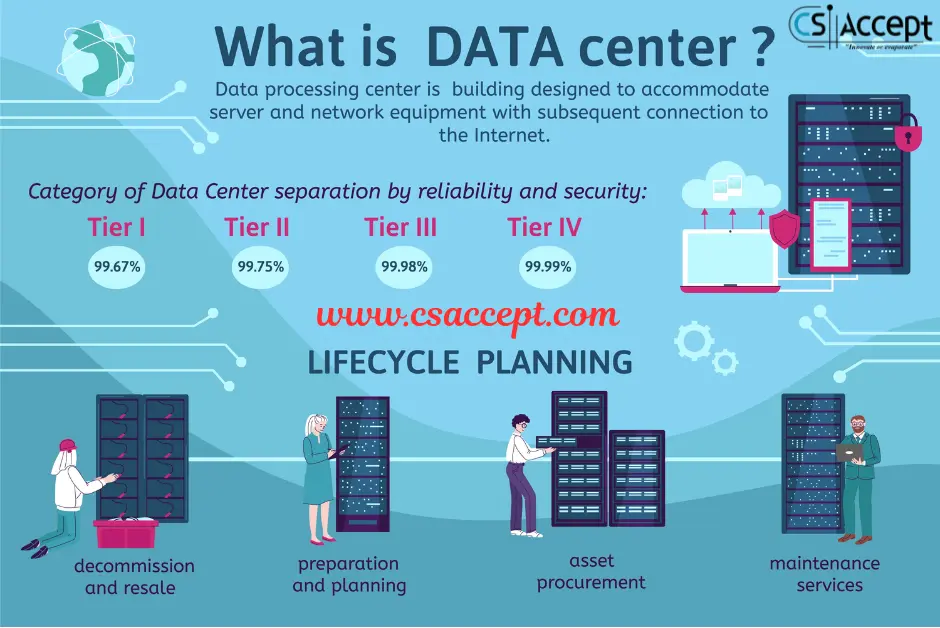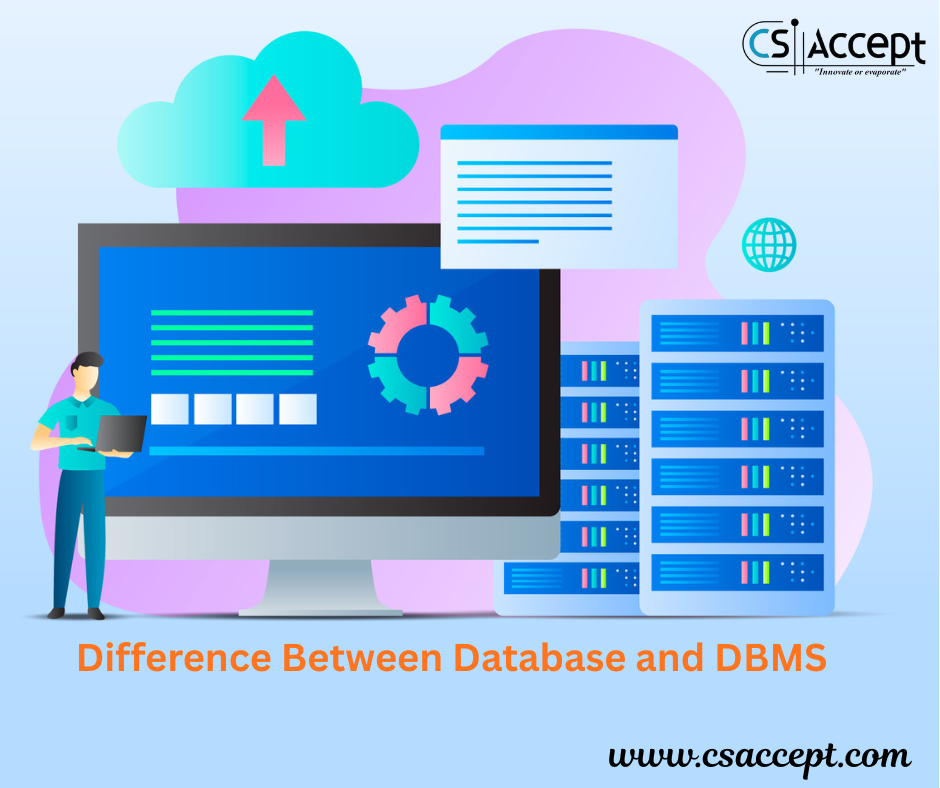
I. Based on Size and Power
1. Supercomputer
- Definition: The most powerful type of computer in terms of performance and data processing.
- Used for: Scientific simulations, weather forecasting, nuclear research, cryptography, complex computations.
- Examples: IBM Summit, Fugaku (Japan), Cray Titan.
- Features:
- Extremely high processing speed (measured in FLOPS).
- Thousands of processors.
- Large memory capacity.
2. Mainframe Computer
- Definition: Large and powerful computers mainly used by large organizations.
- Used for: Banking, airline ticketing, government agencies, large-scale transaction processing.
- Examples: IBM zSeries, UNIVAC, System z9.
- Features:
- Can handle hundreds or thousands of users simultaneously.
- High reliability, scalability, and data processing capacity.
- Centralized data storage.
3. Minicomputer (Also called Midrange Computer)
- Definition: Smaller than mainframes but larger than microcomputers; multi-user systems.
- Used for: Manufacturing processes, small business servers, research labs.
- Examples: DEC PDP-11, VAX series.
- Features:
- Support multiple users at once.
- Used in departmental operations.
- Less powerful than mainframes.
4. Microcomputer (Also called Personal Computer – PC)
- Definition: General-purpose computer designed for individual use.
- Used for: Office work, internet browsing, gaming, education.
- Examples: Desktops, laptops, tablets.
- Features:
- Single-user.
- Affordable and easy to use.
- Found in homes, schools, and small offices.
5. Workstation
- Definition: A high-end microcomputer used for technical or scientific applications.
- Used for: CAD, 3D graphics, engineering design, software development.
- Examples: Dell Precision, HP Z Series.
- Features:
- More powerful than standard PCs.
- High-performance processors and large memory.
- Designed for professional or industrial use.
II. Based on Purpose
1. General Purpose Computers
- Definition: Designed to perform a wide range of tasks.
- Examples: Laptops, desktops.
- Usage: Browsing, writing, coding, gaming, etc.
2. Special Purpose Computers
- Definition: Built for a specific task or application.
- Examples: ATMs, washing machine controllers, traffic lights control systems.
- Usage: Embedded systems and automation.
III. Based on Functionality
1. Analog Computer
- Definition: Works with continuous data (physical quantities).
- Examples: Speedometer, thermometer, analog voltmeter.
- Features:
- Used for simulations and scientific calculations.
- No binary calculations.
2. Digital Computer
- Definition: Works with binary digits (0s and 1s).
- Examples: All modern laptops, desktops, smartphones.
- Features:
- Accurate and reliable.
- Performs logical and arithmetic operations.
3. Hybrid Computer
- Definition: Combines features of both analog and digital computers.
- Examples: Medical machines like ECG, and industrial control systems.
- Features:
- Fast like analog, accurate like digital.
- Used in scientific and technical applications.
IV. Based on Portability
1. Desktop Computer
- Non-portable, kept on desks.
- High performance and upgradeability.
2. Laptop Computer
- Portable and battery-operated.
- Used for mobility and convenience.
3. Tablet
- Touchscreen-based, lightweight.
- Used for reading, media, and casual browsing.
4. Smartphones
- Pocket-sized, used for communication, apps, and internet.
- Considered small computing devices.
V. Other Types (Special Categories)
1. Servers
- Provide services to other computers on a network.
- Host websites, manage emails, store files.
2. Embedded Computers
- Fixed inside machines and devices (non-user programmable).
- Used in washing machines, cars, TVs, etc.
3. Wearable Computers
- Integrated into clothing or accessories (smartwatches, fitness bands).
✅ Summary Table:
| Type | Key Feature | Example Use |
|---|---|---|
| Supercomputer | Highest speed & power | Weather forecast, research |
| Mainframe | Multi-user, bulk data | Banking, government |
| Minicomputer | Medium range | Business, industry |
| Microcomputer | Single-user, general use | Homes, offices |
| Workstation | High performance | Engineering, CAD |
| Analog | Continuous data | Thermometer |
| Digital | Binary data | PC, Laptop |
| Hybrid | Analog + Digital | ECG machine |
| Embedded | Specialized & fixed | Cars, appliances |







